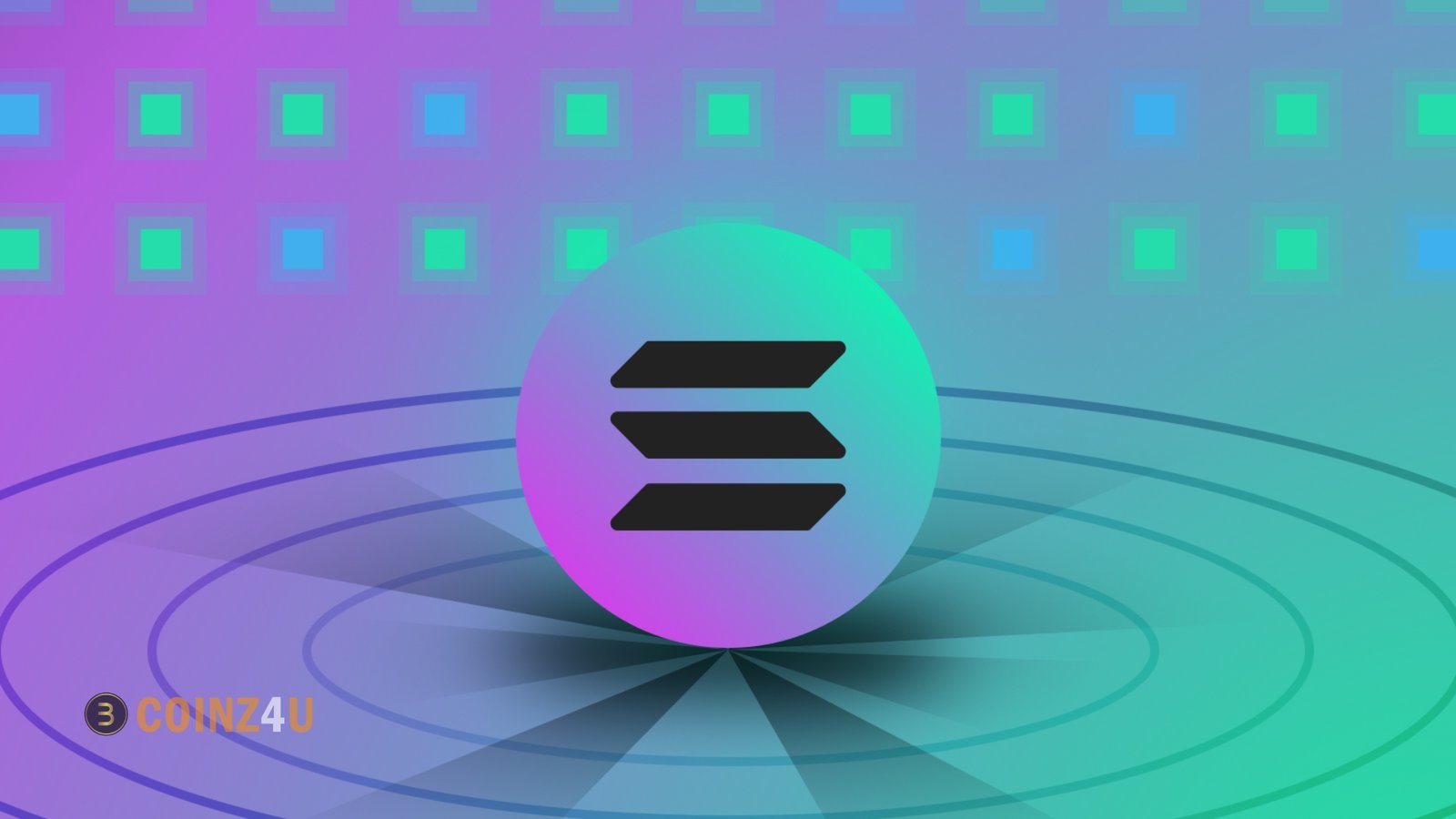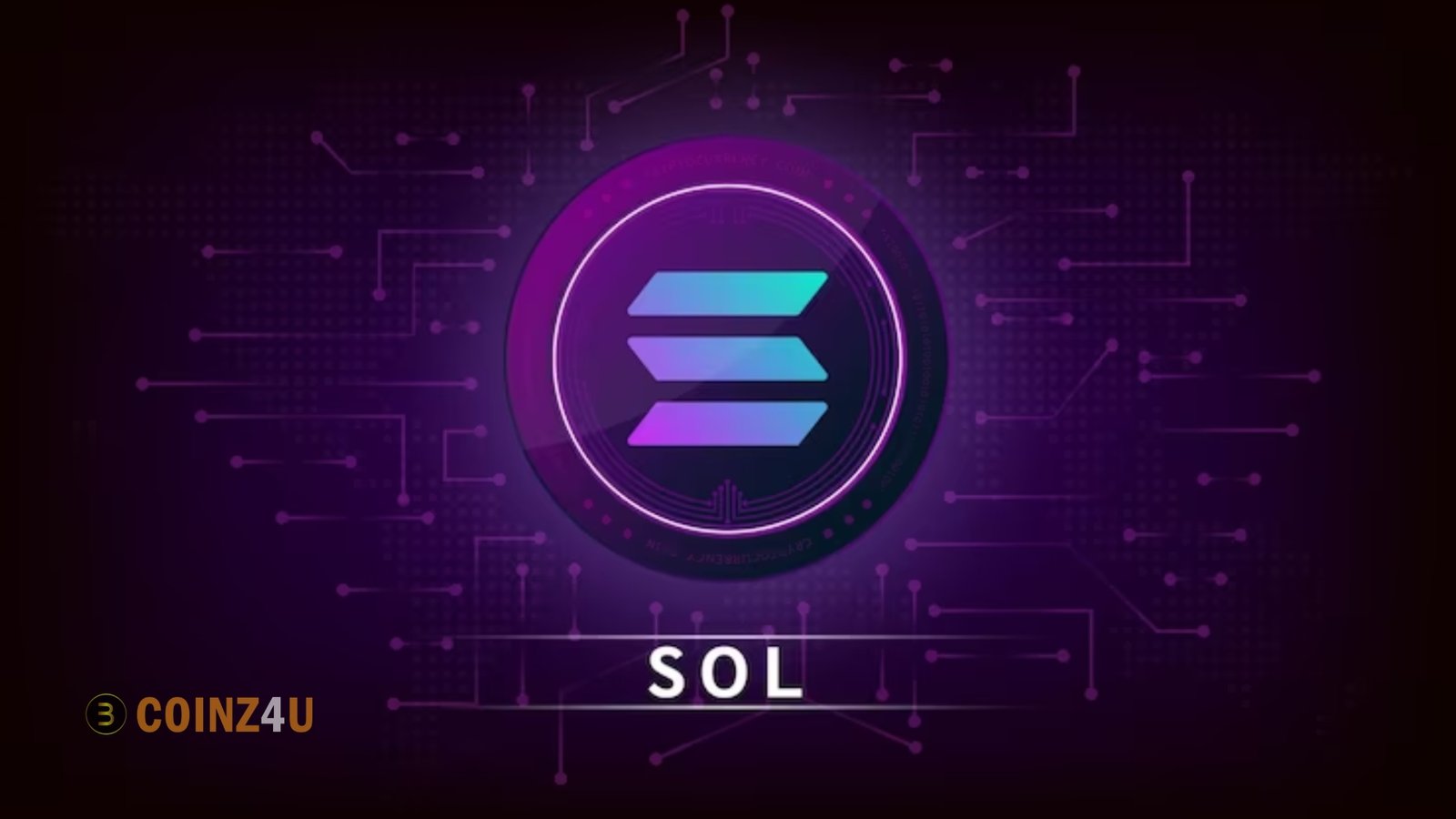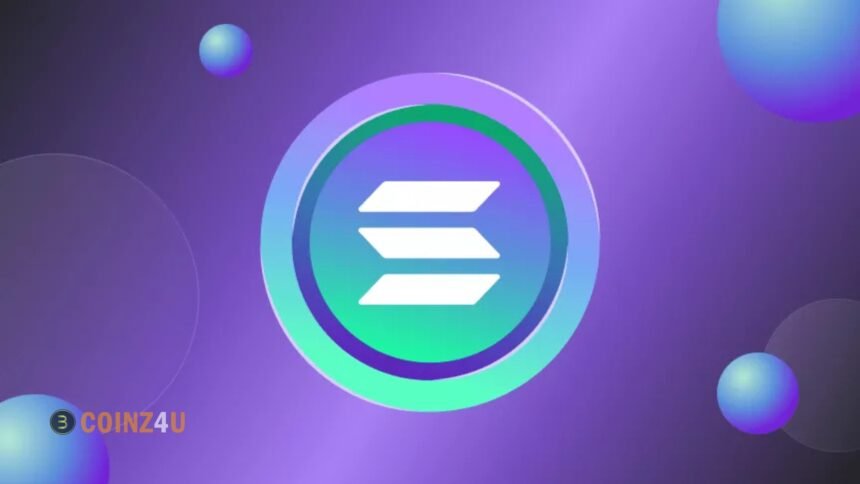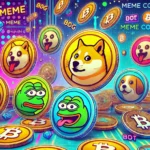The world of decentralized finance (DeFi) is growing at a rapid pace, providing new opportunities for financial independence, openness, and accessibility on a worldwide scale. The Sol Token is one of the latest initiatives that is creating a stir in the DeFi ecosystem. Sol Token, built on the Solana blockchain, brings unique answers to some of the most pressing problems in DeFi today. Learn about the Sol Token Project—its inner workings, how it operates, and why it’s causing a stir as the newest development in decentralized finance—in this comprehensive guide.
Understanding the Sol Token
Financial transactions can be made accessible, secure, and scalable with the help of the Sol Token Project, which uses the Solana blockchain, famous for its low transaction fees and high throughput. Users can conduct P2P transactions directly with one another on the Sol Token Project’s decentralized network, as opposed to the centralized institutions used by conventional financial systems. This method makes DeFi more user-friendly by decreasing fees while improving transaction speed and transparency.
The Sol Token is the native utility token of the project and powers several ecosystem operations. Using Sol Tokens, users can take part in governance, stake for rewards, and transact within the Sol Token Project-supported DeFi protocols.
Key Features of the Sol Token

High-Speed Transactions
An outstanding aspect of the Token Project is its dedication to offering lightning-fast transactions. The Sol Token Project uses the Solana blockchain’s unique architecture to guarantee low delays and expenses for consumers. The Solana blockchain can handle up to 65,000 transactions per second (TPS). This is a must-have in DeFi since transaction speed heavily influences user experience, particularly during heavy network congestion.
Low Transaction Fees
Customers place a premium on low transaction fees in the DeFi market. Users will have an easier time and spend less money engaging in DeFi activities like lending, borrowing, and trading because of the Sol Token Project’s emphasis on low transaction fees. More people will utilize DeFi services without worrying about paying exorbitant fees because of Solana’s cheap infrastructure, which makes buying Sol Tokens a penny a pop.
Interoperability and Cross-Chain Compatibility
The Sol Token Project prioritizes interoperability by incorporating features that allow smooth transfers across different blockchain networks. Sol Token’s compatibility with other blockchain ecosystems makes transferring assets easier, giving users more options and increasing DeFi’s reach.
Decentralized Governance
The Sol is built on decentralized governance, which gives token holders a voice in the project’s development. Holders of Sol Tokens can suggest and vote on enhancements, modifications, or new features for the project using a decentralized autonomous organization (DAO) framework. By putting decision-making power in the hands of the community, this type of governance guarantees that the project’s success is prioritized.
Staking and Rewards
Another feature of the Sol Token is a staking mechanism that allows users to secure their tokens for compensation. Staking is a win-win: it strengthens the network’s defenses and gives users a steady supply of passive money. Staking Sol Tokens allows users to earn rewards regularly, encouraging them to stay engaged with the project for the long haul.
Use Cases of the Sol Token
The Sol Token Project is adaptable and practical for a wide range of consumers because of the many use cases it introduces to the DeFi ecosystem:
Trading on decentralized exchanges (DEXs)
Users can swap assets using Sol Token on DEXs, eliminating the need for centralized exchanges. This would be great for people who want more say over their financial data and personal information. Thanks to the project’s decentralized lending and borrowing support, users can earn interest on assets they lend or borrow funds secured by tokens.
This fills a critical need, particularly in areas where citizens have limited access to banks. By adding liquidity to the network, users can participate in yield farming and receive incentives according to their contribution. By yield farming on the Sol Token Project, users can maximize their earnings and diversify their DeFi investments.
How the Sol Token Project Stands Out in the DeFi Space

In the cutthroat DeFi industry, the Sol Token Project stands out thanks to its user-centric governance approach, cheap fees, and scalability. Sol tackles the issues plaguing many DeFi projects, such as high costs and sluggish transaction rates, by utilizing SolaSolana’s blockchain capabilities.
Additionally, the project is a pioneering DeFi solution because of its dedication to decentralization, interoperability, and cross-chain capabilities. Projects like Sol Token, which prioritize scalability and user empowerment, are expected to significantly impact the future of decentralized finance as it develops further.
Risks and Challenges
The Sol Token Project offers many benefits, but users and investors should be wary of the dangers of DeFi ventures in general. Every blockchain-based initiative concerns intelligent contract weaknesses, regulatory ambiguity, and market volatility. People should think carefully about these dangers and do their homework before joining any project, including the Sol Token Project.
Many projects provide comparable services in the DeFi space, so competition is fierce. The Sol Token Project must constantly innovate and expand its products to keep up with the ever-changing industry.
Future Outlook for the Sol Token Project
With the DeFi industry showing no signs of slowing down, the Sol Token Project’s future is bright. The project will introduce new features and collaborations to grow its ecosystem further. Possible future advancements include more DeFi services, better blockchain compatibility, and ongoing community participation in governance choices.
Projects like Sol Token, which provides cheap, fast, and secure transactions, will likely increase demand. The number of people utilizing DeFi solutions is growing. Thanks to its distinctive characteristics and dedication to innovation, a significant participant in the decentralized finance scene could emerge from the Sol Token Project.
In summary
The Sol Token Project is the latest breakthrough in decentralized finance, providing a community-driven, scalable, and inexpensive solution. It is well-positioned to make a big splash since it tackles crucial problems in the DeFi market, namely the speed and cost of transactions. Watching how this initiative develops and moves the decentralized finance field forward will be fascinating. No matter where you are in your DeFi journey, watching the Sol Token Project as it evolves and introduces innovations would be best.
[sp_easyaccordion id=”3755″]









